Crunchy carom seed papdi crackers are a must-have for chaat lovers. It is the perfect snack to eat on its own or as a building block for your favorite chaat recipes!
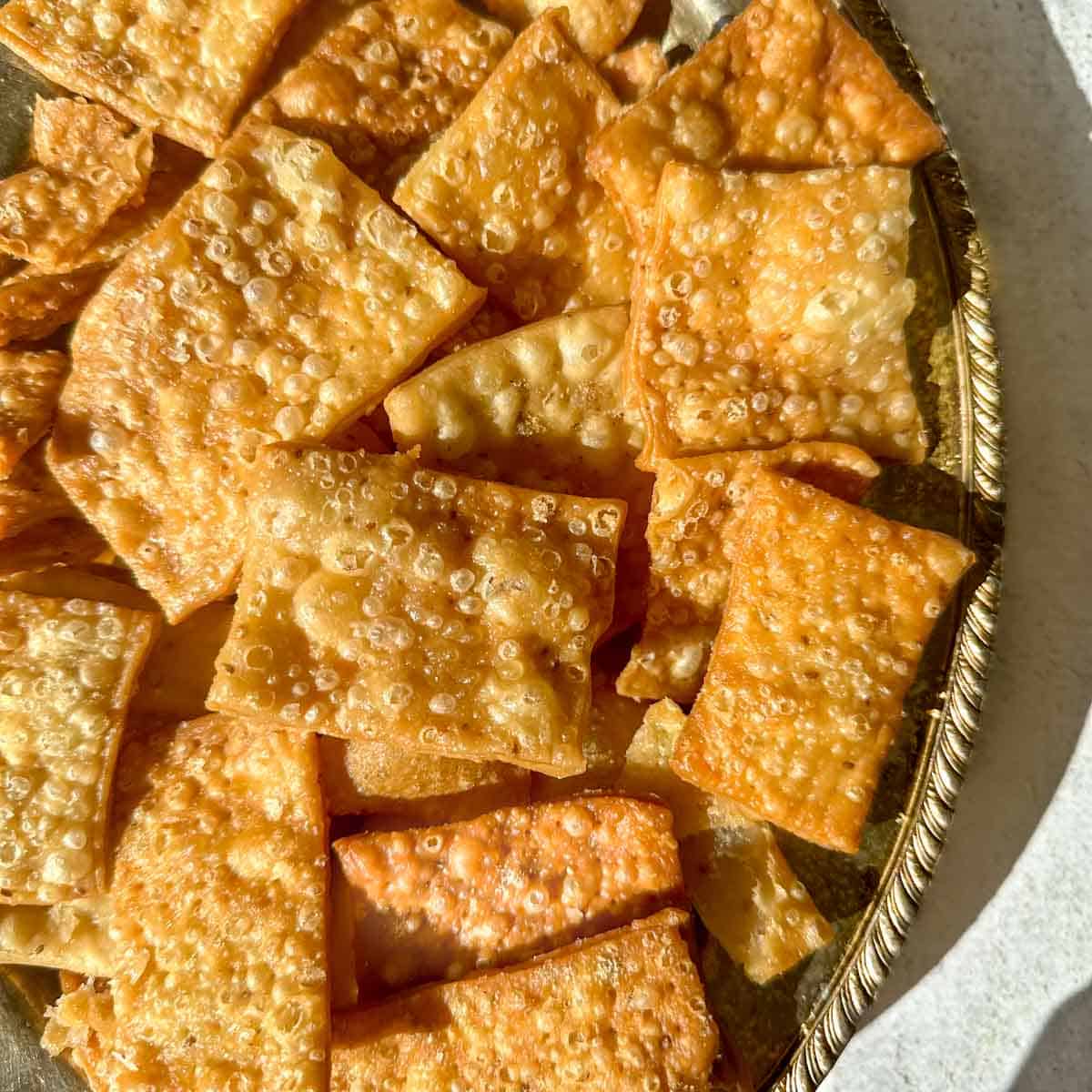
What is papdi?
Papdi is a type of Indian savory cracker that is made with all-purpose flour or maida and spiced with carom seeds or ajwain seeds. The cracker can be eaten on its own along with chai as snack or used as an ingredient in a popular Indian street food category called chaat. Papdi often comes in disc like shapes but can be cut into whatever shape one prefers. In this recipe, the papdi is cut into squares to decrease the time it takes to roll and cut out shapes. Papdi is one of the easiest snacks to make at home as it requires only a few ingredients - flour, water, ajwain, salt, and oil - and it tastes much better than the store bought varieties that sit on the shelves for months.
Ajwain Seeds and Alternatives
The complex taste of papdi comes from a seed called ajwain seeds also known as carom seeds. They are a small, oval-shaped seed that has a distinctive medicinal smell. The seeds themselves taste earthy, nutty, and slightly bitter. A little bit of carom seeds go a long way. It is said that if you over indulge in too many ajwain seeds and you'll be running to the loo as it is known to get things moving.
Ajwain seeds are surprisingly easy to get at American grocery stores or online and can often be found if you look for carom seeds. When at Indian stores, search for packets with the name ajwain which is what is most commonly known as. If you can't find get a hold of carom seeds or ajwain, your best alternative are whole cumin seeds which have a similar nutty taste.
Baked vs Fried Papdi
This recipe for papdi crackers can be either baked or fried. If you wish to make your papdi without frying you'll need to bake the papdi at 350F for 12-15 minutes or until golden brown.
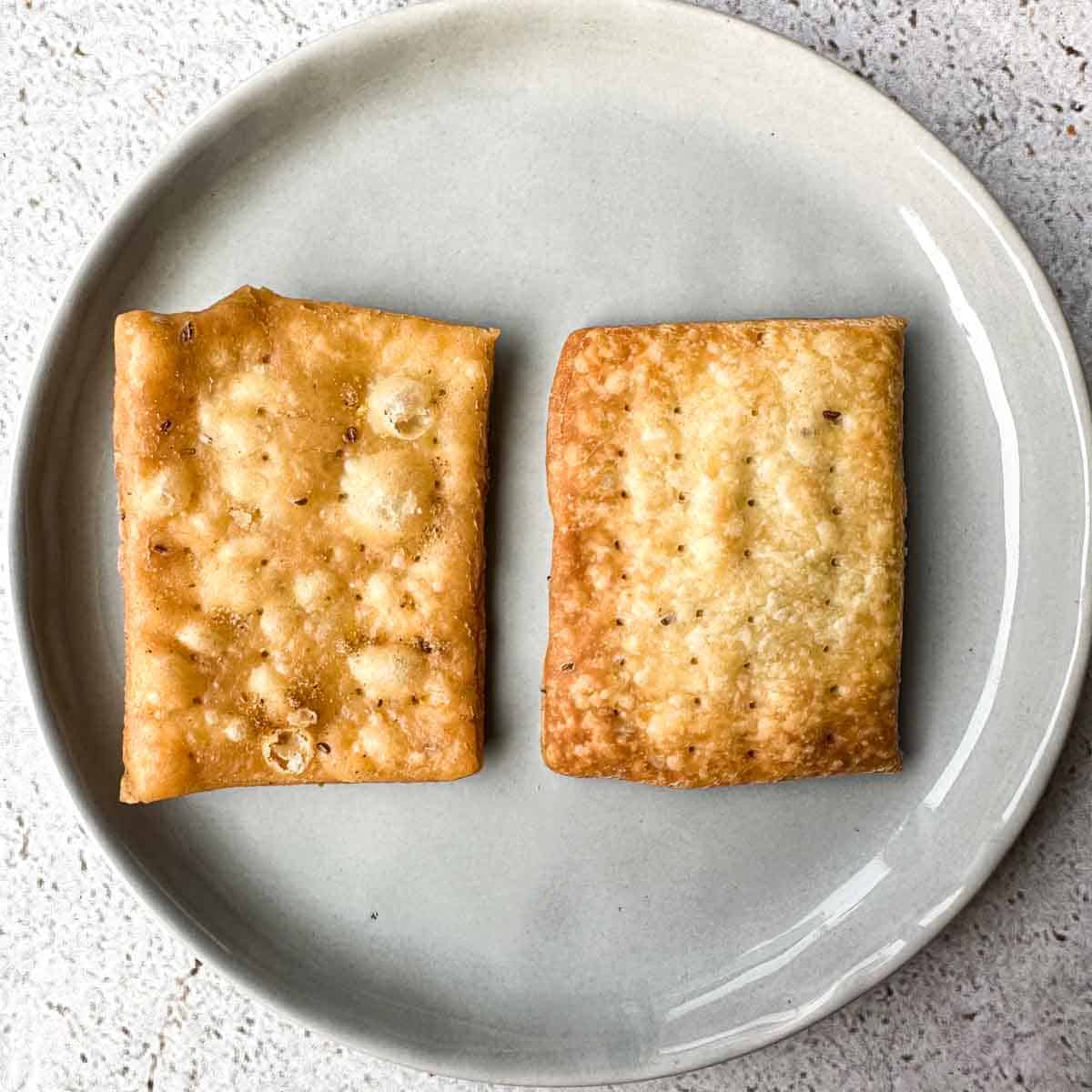
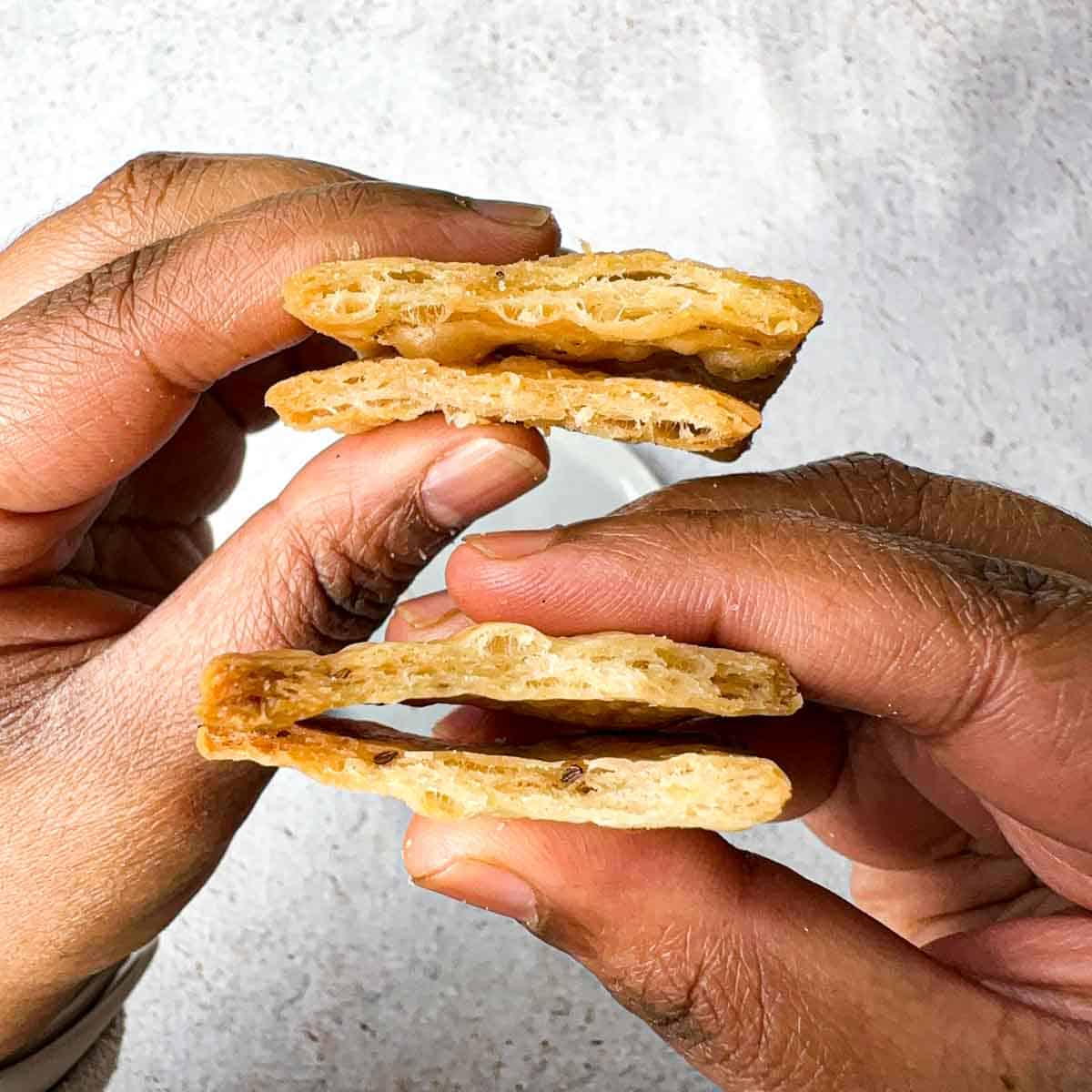
There is a noticeable difference when it comes to baking the papdi vs frying it. The fried papdi are much lighter and airier with exterior bubbles that provide extra crunch and snap. The baked papdi are quite crunchy but feel a bit heavier since they don't have as many air bubbles and don't rise and puff in the interior compared to their fried counter parts.
Tips for making papdi
Papdi is one of the most straight forward snacks to make. However, here are some tips to make the cracker making process easier for you.
- Don't add too much water to the dough. The papdi dough is supposed to be a stiff dough. The visual indicators you should look for is a tight dough that doesn't have dry flour patches remaining. Don't worry, the recipe below includes exact measurements for the water to add. However, even with those measurements it is important to understand that each brand of flour absorbs water differently. So make sure to always rely on your visual indicators.
- Use shortcrust method while making papdi pastry. The shortcrust method involves rubbing the oil into the flour. This method ensures that tiny crunchy surface bubbles form on the cracker as well as reduce the amount of water the flour absorbs thus creating a crispy cracker.
- Fry papdi thoroughly. Fry the papdi at 350F for 5-7 minutes to fully allow the dough to cook through. This slow cooking time helps the papdi dough loose its moisture it may have. Trying to take the shortcut and frying quickly will result in the uncooked dough on the interior leading to a soggy papdi later.
- Roll the papdi dough evenly. It is important that you roll the papdi dough evenly into ¼ inch thickness. If there are some crackers that are very thin and some that are very thick then they will have drastically different cook times.
- Poke holes on papdi dough surface. It is important to prick holes on the surface of the papdi dough before frying. The holes help ensure that the papdi crackers don't puff while baking or frying.
- Cut the papdi into squares. I personally love cutting papdi into squares instead of discs or circles so I don't have to re-roll the pastry which saves a lot of time. Re-rolling the papdi dough over and over again also results in a tougher and harder papdi. However, if you have some extra time the circles are quite cute but just know that the circles are only for aesthetics.
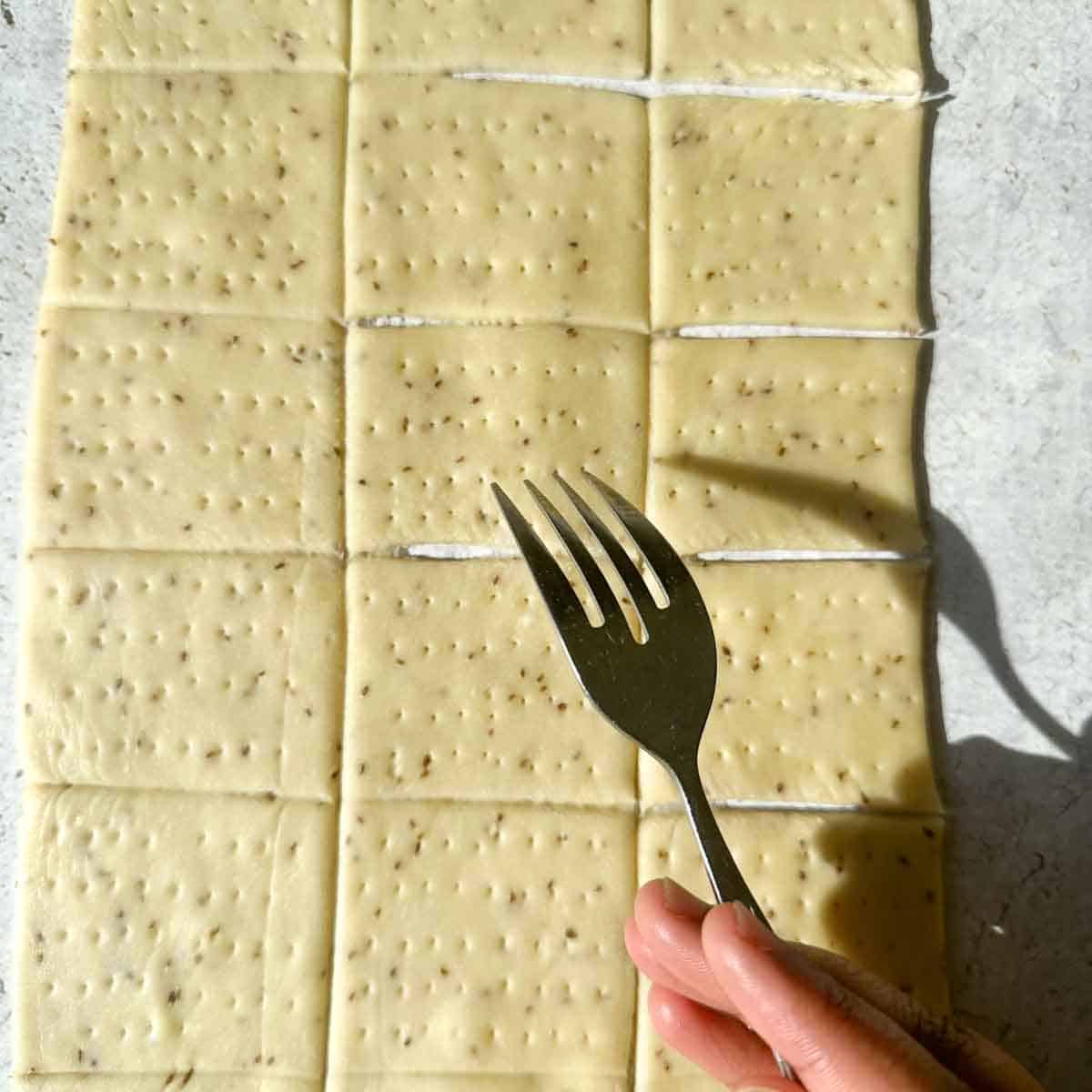
Making and storing papdi in advance
Papdi can be fried or baked weeks if not months in advance. Here are some tips for storing this delicious snack.
- Place papdi in oven at 200F to ensure all moisture is removed. If you know that you want to store your papdi for months it really helps to get rid of any excess water that may remain on the snack.
- Allow the papdi to completely cool before storing. After frying, allow the papdi to completely cool on a wire rack or a paper towel lined plate to allow any moisture to evaporate. If you store papdi while warm, it will cause condensation in the storage container that will cause the papdi to soften and spoil
- Use fresh oil when frying papdi. If you plan on keeping papdi for a long time it is important that the papdi oil is fresh. The downfall of most store bought papdi is that the oil goes rancid and makes the papdi taste bitter.
- Store papdi in an airtight container lined with a napkin. Storing the papdi in an air tight container decreases the amount of moisture that comes in contact with the papdi. In addition, adding an extra napkin to the container helps absorb any moisture that may end up in the container.
- Refresh papdi in the oven. If the papdi are slightly soft or stale after long storage time, it is very easy to refresh the papdi in the oven. Simply place the papdi on a baking sheet in an oven set to 325F for 3-5 minutes to get them back to their crispy state.
Where can I buy papdi?
Papdi is definitely one of those easy snacks to make. However, sometimes there is just not enough time in the day to make it at home. You can easily buy papdi at your local Indian grocery store or alternatively online. If you can't seem to source papdi, pita chips are great alternatives to papdi.
Chaats that use papdi
Almost any chaat can benefit from papdi as its crunchy and savory element. However, here are some of the most iconic chaats that you should try and their recipes that use papdi as an ingredient.
Papdi Chaat

Bhel Puri
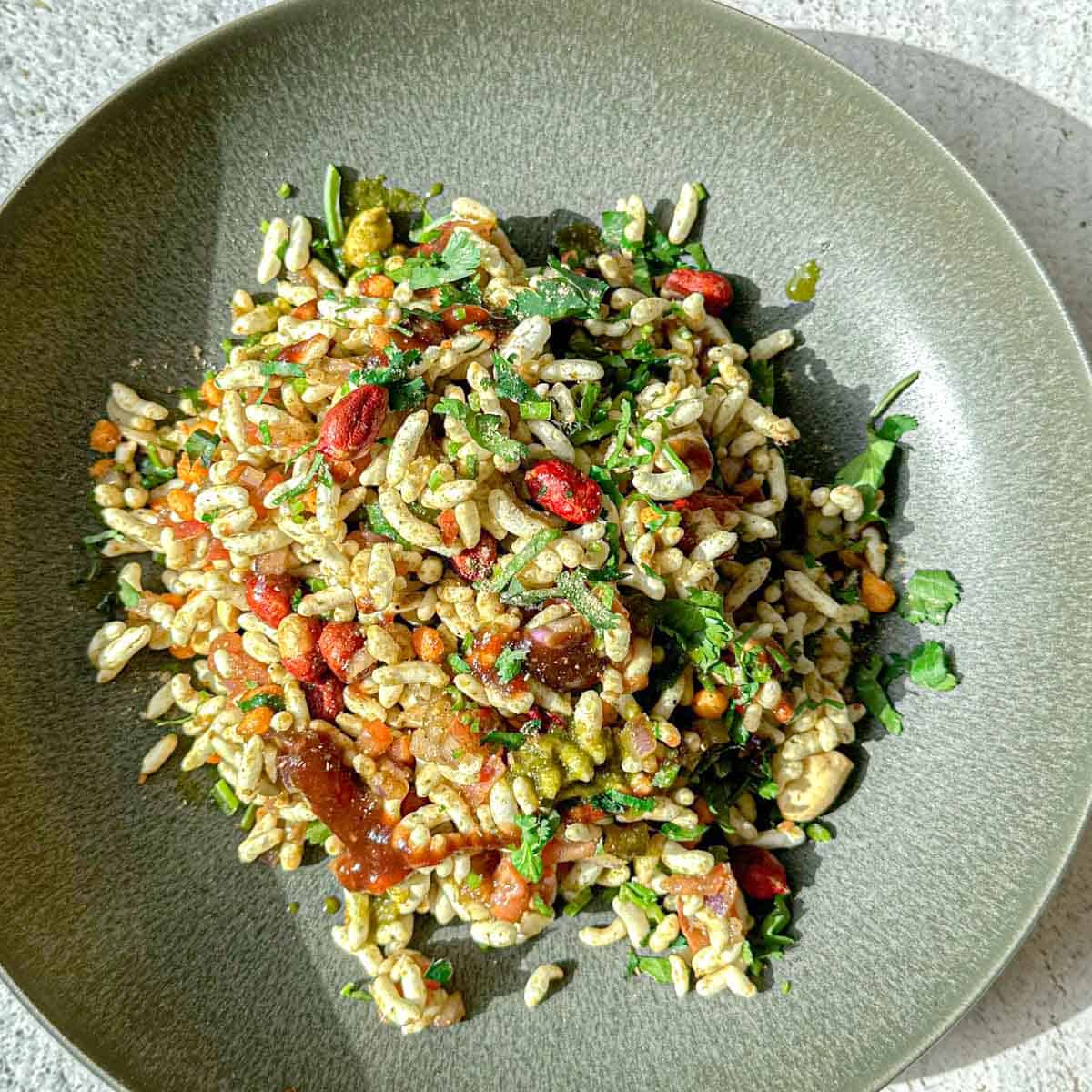
Frequently Asked Questions
Yes. Bake papdi in the oven for 350F for 15-20 minutes or until golden brown.
Yes! Papdi dough and samosa dough are one in the same! Checkout this recipe for potato and peas samosas that use the papdi dough.
Yup! The dough is completely vegan!
You can make papdi chaat with papdi or eat it on its own with some masala chai.
Papdi chaat and bhel puri are popular chaats that use papdi as an ingredient. However, you can use papdi as an extra crunchy element in almost any chaat.
It is important to limit the amount of water in the dough and filling. In addition, you should fry the samosas on low heat for a long time to rid the samosa of the excess moisture. Lastly, using the shortcrust method leads to exterior bubbles on the samosa skin which yields in a crispier samosa. Checkout all the tips on keeping papdi crispy here.
Make sure to prick holes in the papdi dough with a fork to ensure that the papdi crackers don't puff?
You can easily find ajwain seeds at American grocery stores as carom seeds. Alternatively, you can buy them online or at your local Indian store.
You can substitute cumin seeds in place of ajwain seeds.
Papdi can last weeks to months if stored properly. Checkout more tips on storing papdi here.
Store papdi in a air-tight container that has a paper napkin. The napkin absorbs an extra moisture the container may have. Checkout more tips on storing papdi here.
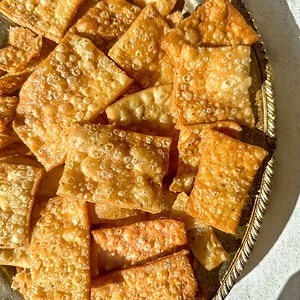
Crunchy Papdi for Chaat (Ajwain Seed Crackers)
Ingredients
- 1 ½ cups 213 grams all-purpose flour
- ¾ teaspoon kosher salt
- ½ teaspoon ajwain carom seeds
- 2 ½ tablespoons 33 grams neutral oil, plus ~4-6 cups for deep frying
- ⅓ cup 93 gramswater, plus more if needed
Instructions
- Mix flour, salt, and ajwain in a large bowl.
- Add oil to the mixture and rub the oil into the flour until a coarse flour forms.
- Add half of the water to the dry ingredients and mix with your hands. Add the remaining water to the part of the bowl with dry flour. Lightly knead the dough for 1-2 minutes, adding an additional 1 tablespoon of water if there is unhydrated flour remaining in the bowl. The dough won’t be smooth but should not have dry flour on the exterior. Cover with a damp towel and allow the dough to rest for at least 30 minutes.
- Once the dough has rested, divide the dough into 2 equal sections.
- Take one section of the dough and roll into a large rectangle that is roughly ¼-inch thick or 6 inches by 12 inches.
- Using a fork, prick the entire surface of the dough with holes to prevent the papdis from puffing. Cut the dough into 18 squares that are roughly 2 inches by 2 inches. Alternatively, you can use a cookie cutter to cut circles if you desire! Repeat with the remaining section. Cover papdi with a towel when not working with it to prevent it from drying out.
- Heat a deep, heavy bottomed pot with at least 3 inches of oil to 350 F. Fry for 5-7 minutes or until the papdi are a light golden color, then place them on a wire rack.
- Papdis can be stored in an airtight container with a paper towel for up to 3+ weeks.
Notes and Tips
- You can alternatively bake the papdis in the oven at 350F for 15-20 minutes. Read the above blog post on the differences between the baked vs. fried versions.
- Allow papdis to completely cool before storing it in an airtight container. Papdis will last 2-3 weeks.
- Ajwain can easily be found in American grocery stores by the name of carom. A substitute for carom seeds are cumin seeds.
Other Recipes You May Like
- Papdi Chaat
- Chaat Nachos
- Potato and Peas Samosas
- Spicy Cilantro Mint Chutney
- Sweet and Sour Tamarind Date Chutney
- Masala Chai





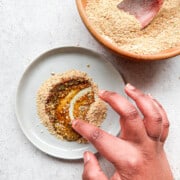
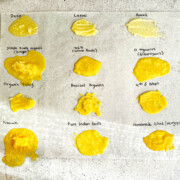
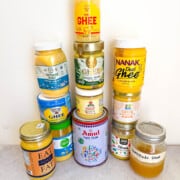


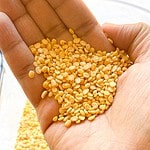
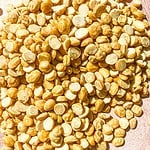
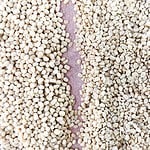
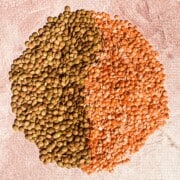
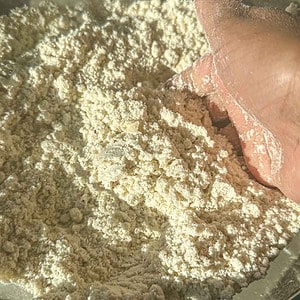
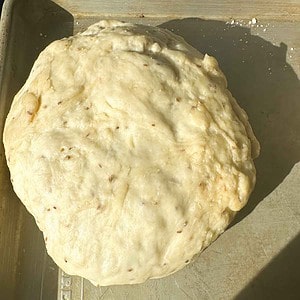
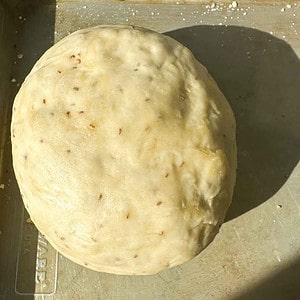
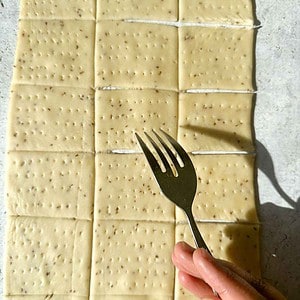
Shri Repp
Kitchenhutt Spices
Thank you for sharing this informative one. Contact us if you want to order spices online at wholesale price...